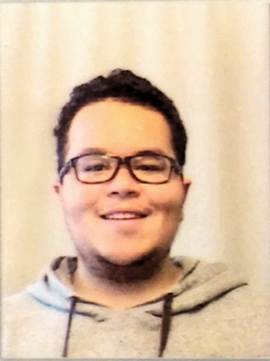Program Information
Effects of Deformable Registration On First-Order Texture Maps Calculated From Thoracic Lung CT Scans
C Smith*, A Cunliffe , H Al-Hallaq , S Armato , The University of Chicago, Chicago, IL
Presentations
SU-E-J-113 (Sunday, July 12, 2015) 3:00 PM - 6:00 PM Room: Exhibit Hall
Purpose:
To determine the stability of eight first-order texture features following the deformable registration of serial computed tomography (CT) scans.
Methods:
CT scans at two different time points from 10 patients deemed to have no lung abnormalities by a radiologist were collected. Following lung segmentation using an in-house program, texture maps were calculated from 32x32-pixel regions of interest centered at every pixel in the lungs. The texture feature value of the ROI was assigned to the center pixel of the ROI in the corresponding location of the texture map. Pixels in the square ROI not contained within the segmented lung were not included in the calculation. To quantify the agreement between ROI texture features in corresponding pixels of the baseline and follow-up texture maps, the Fraunhofer MEVIS EMPIRE10 deformable registration algorithm was used to register the baseline and follow-up scans. Bland-Altman analysis was used to compare registered scan pairs by computing normalized bias (nBias), defined as the feature value change normalized to the mean feature value, and normalized range of agreement (nRoA), defined as the range spanned by the 95% limits of agreement normalized to the mean feature value.
Results:
Each patient’s scans contained between 6.8-15.4 million ROIs. All of the first-order features investigated were found to have an nBias value less than 0.04% and an nRoA less than 19%, indicating that the variability introduced by deformable registration was low.
Conclusion:
The eight first-order features investigated were found to be registration stable. Changes in CT texture maps could allow for temporal-spatial evaluation of the evolution of lung abnormalities relating to a variety of diseases on a patient-by-patient basis.
Funding Support, Disclosures, and Conflict of Interest: SGA and HA receives royalties and licensing fees through the University of Chicago for computer-aided diagnosis technology. Research reported in this publication was supported by the National Institute Of General Medical Sciences of the National Institutes of Health under Award Number R25GM109439.
Contact Email:


